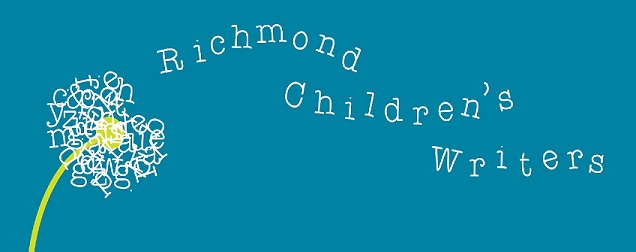
We believe in the indispensable value of good literature in the lives of children. Our mission is to foster the professional development of the creators of children’s literature, promote connections between children’s authors and other members of the literary community, and nurture an environment in which children’s literature can be appreciated by the widest possible audience.
Wednesday, December 12, 2012
Current Events
At a recent meeting of our writers group, one member commented, "I really don't like assigning my writing to any particular category, such as YA, middle grade, etc., because I'd like my writing to reach everyone." Wouldn't we all?
It's probably impossible to get your book into the market without labeling it something, but there's good news! Books written for the young reader appeal to a very wide range of the reading public, as reported in this article from Publishers Weekly (9-13-12):
"More than half the consumers of books classified for young adults aren’t all that young. According to a new study, fully 55% of buyers of works that publishers designate for kids aged 12 to 17 -- known as YA books -- are 18 or older, with the largest segment aged 30 to 44, a group that alone accounted for 28% of YA sales. And adults aren’t just purchasing for others -- when asked about the intended recipient, they report that 78% of the time they are purchasing books for their own reading. The insights are courtesy of Understanding the Children’s Book Consumer in the Digital Age, an ongoing biannual study from Bowker Market Research that explores the changing nature of publishing for kids.
“The investigation into who is reading YA books began when we noticed a disparity between the number of YA e-books being purchased and the relatively low number of kids who claim to read e-books,” said Kelly Gallagher, v-p of Bowker Market Research. “The extent and age breakout of adult consumers of these works was surprising. And while the trend is influenced to some extent by the popularity of The Hunger Games, our data shows it’s a much larger phenomenon than readership of this single series.”
Indeed, 30% of respondents reported they were reading works in the Hunger Games series. But the remaining 70% of readers reported a vast variety of titles (over 220), only two of which commanded more than five percent of overall sales – Harry Potter and the Deathly Hallows and Breaking Dawn.
“Although bestsellers lead, there’s a long tail of rich reading that has interesting implications for the publishers of YA books in terms of discovery and consumer relationships,” said project editor Kristen McLean.
The trend is good news for publishers, as these adult consumers of YA books are among the most coveted demographic of book consumers overall. Additional insights from the Bowker study show these readers are:
• Early adopters: More than 40% read e-books, equivalent to the highest adoption rates of adult genres of mystery and romance
• Committed: 71% say that if an e-book of their desired title was unavailable, they would buy the print book instead
• Loyal: Enjoying the author's previous books has a moderate or major influence over the book choice for more than two-thirds of the respondents
• Socially active: Although more than half of respondents reported having "no interest" in participating in a reading group, these readers are very active in social networks and often get recommendations from friends.
Understanding the Children’s Book Consumer in the Digital Age is sponsored in the U.S. by Little Brown for Young Readers, Random House, HarperCollins, Scholastic, Disney, Penguin, DK, and Macmillan. To order a copy, contact Bowker Market Research at MarketResearch@bowker.com."
Subscribe to:
Post Comments (Atom)
No comments:
Post a Comment